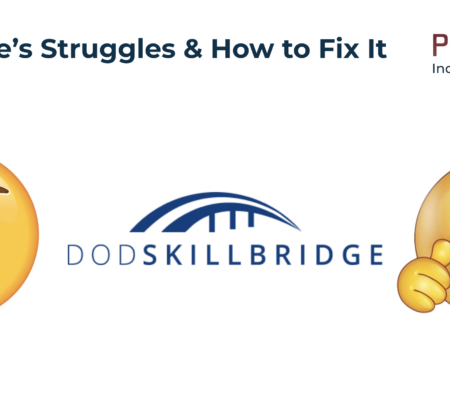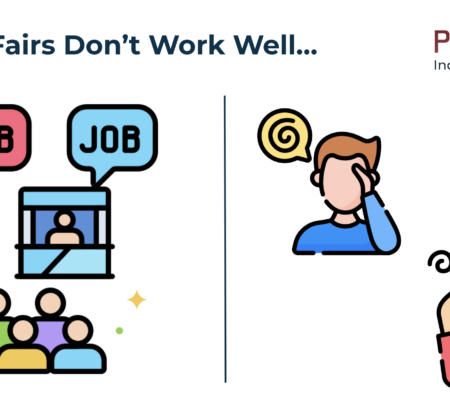In the years since the COVID-19 pandemic, employers have faced persistent challenges in finding qualified talent to fill critical roles. While talent acquisition has always been a priority, the struggle to rebuild a reliable and productive workforce is particularly evident in the post-pandemic landscape. Adding to the complexity, the workforce is becoming younger, with new generations bringing expectations and workplace norms that differ significantly from those of prior eras. Talent Acquisition (TA) professionals are under immense pressure to find skilled, reliable talent that not only fits their organization but also contributes to its growth and stability.
Amid these challenges, transitioning service members and veterans emerge as a promising solution. Veterans are often highlighted for their exceptional qualities: advanced leadership skills, the ability to perform under pressure, a strong work ethic, teamwork, cross-cultural competence, and technical expertise. These attributes make them highly attractive candidates for employers looking to stabilize and strengthen their workforce. On the surface, recruiting veterans seems like a straightforward and logical choice for addressing today’s talent gaps.
The Problem with Assuming Immediate Transferability
While these veteran attributes are indeed valuable, it’s crucial to understand the context in which they were developed. These skills were honed in the military environment—a system fundamentally different from the private sector. Without recognizing this distinction, employers may inadvertently overestimate the ease with which veterans can transition into corporate roles.

In the military, decision-making processes, communication methods, and performance expectations are shaped by a unique set of circumstances and priorities, including hierarchical structures and mission-driven goals. The private sector, by contrast, operates within a competitive, profit-driven framework that demands different approaches to teamwork, innovation, and problem-solving.
When transitioning service members enter the corporate world without adequate preparation, they often attempt to apply military strategies directly to their new environment. This can lead to confusion about how to fit in, fulfill their roles, and align their strengths with the organization’s goals. The result is a workforce that struggles to adapt, leaving both the veterans and their employers feeling frustrated and underwhelmed by the outcomes.
The Impact on Your Business and the Veterans
For organizations, a veteran workforce unprepared for the corporate environment can lead to inefficiencies, decreased productivity, and higher turnover rates. For the veterans themselves, the inability to adapt can result in dissatisfaction, diminished performance, and a sense of failure. Both parties may feel they were misled by assumptions that the transition would be seamless based solely on the veteran’s military achievements.
Research and stakeholders in the transition space have perpetuated the idea that veterans are ready-made employees who can immediately thrive in civilian roles. This narrative, while well-meaning, fails to account for the significant environmental differences and the specific training needed to bridge the gap between military service and private-sector employment.
The Solution—Training for Success
The good news is that this challenge is solvable. Veterans are intelligent, adaptable, and driven individuals who excel when they have a clear understanding of the task at hand. By providing targeted training that equips veterans to understand the nuances of the private sector, organizations can help them transition successfully. This training should focus on key areas such as professional communication, adapting military decision-making models to corporate settings, and understanding the dynamics of profit-driven enterprises.
With the right preparation, veterans can effectively align their military-honed skills with the demands of their new roles. This benefits not only the veterans—who gain confidence and job satisfaction—but also the organizations they join, which benefit from their dedication, leadership, and ability to thrive in challenging situations.
Investing in veteran workforce training is not just a solution to the post-pandemic talent shortage; it’s a strategic decision that can build a stronger, more resilient, and more adaptable organization for the future.




